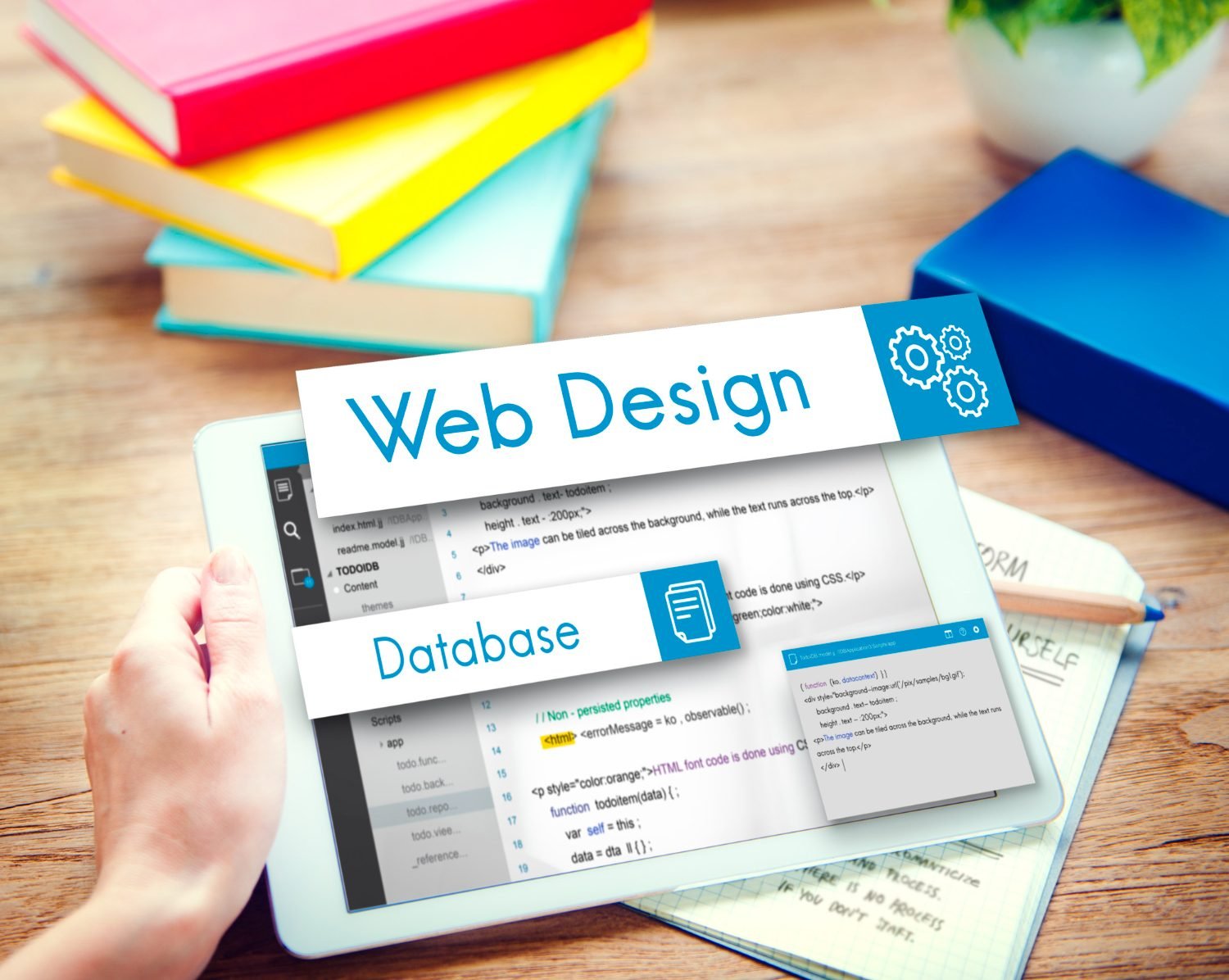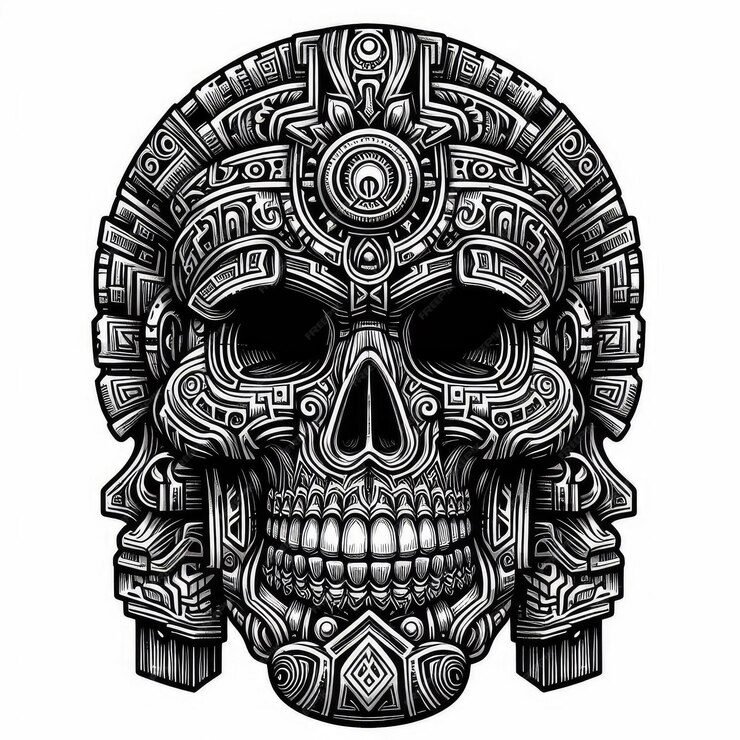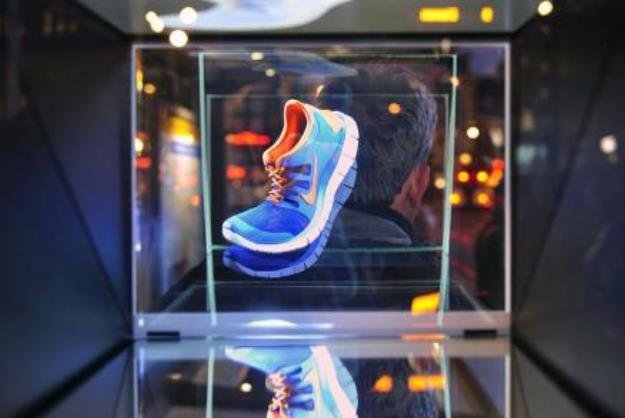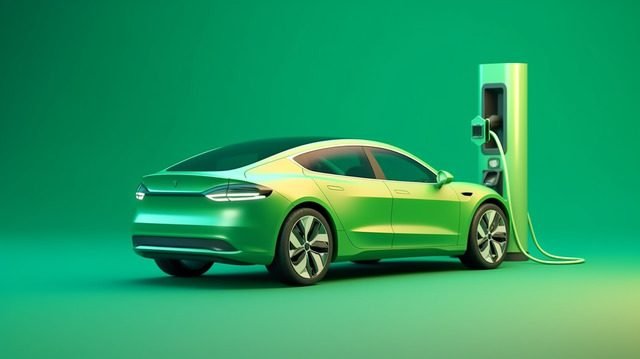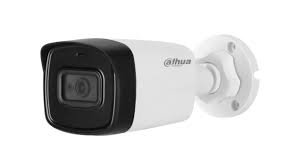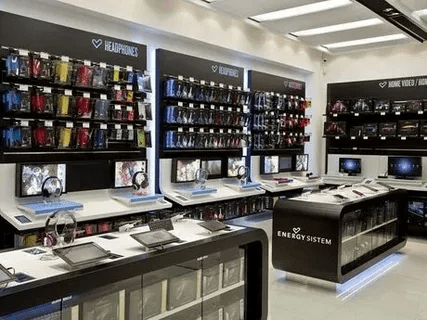What was considered cutting-edge a few years ago is now outdated, and users expect seamless, engaging, and visually stunning experiences. Businesses and designers must stay on top of these trends to remain competitive and create websites that not only look good but function flawlessly.
The fusion of aesthetics and technology is driving web design toward a new era of innovation. Let’s dive into the latest web design innovations that are shaping digital experiences — taking projects from pixels to perfection.
1. AI-Powered Design Tools
Artificial Intelligence is revolutionizing every industry, and web design is no exception. AI-powered design tools are now capable of generating layouts, selecting color palettes, and even writing website copy. Platforms like Adobe Sensei, Wix ADI, and Canva’s AI features help designers automate repetitive tasks, allowing them to focus more on creativity and strategy.
AI-driven personalization is also on the rise, enabling websites to adapt content, layouts, and images based on user behavior in real-time. This means visitors receive a customized experience every time they land on a site — increasing engagement and conversions.
2. Micro-Interactions and Micro-Animations
Gone are the days of static websites. Micro-interactions — subtle, functional animations triggered by user actions — have become a hallmark of modern web design. These include things like button hovers, loading spinners, swipe indicators, and animated feedback when a task is completed.
Micro-animations, on the other hand, enhance storytelling by guiding users through the website in a visually engaging way. Think of smooth transitions, parallax effects, and background animations that add depth and movement without overwhelming the user.
These small details may seem insignificant, but they create a more immersive, responsive experience that keeps users engaged.
3. 3D and Immersive Elements
With the increasing capabilities of browsers and devices, 3D graphics and immersive design are becoming mainstream. Designers are leveraging WebGL, Three.js, and other technologies to incorporate 3D models, product visualizations, and interactive environments directly into websites.
This trend is especially popular in eCommerce, architecture, and gaming websites, where users can view products or virtual spaces from every angle. Combined with AR (Augmented Reality) features, these innovations blur the lines between physical and digital experiences — giving users a more hands-on approach to interacting with a website.
4. Dark Mode and Low-Light UI
Dark mode has transitioned from a niche trend to a user expectation. Not only does it provide a sleek, modern look, but it also reduces eye strain, especially for users who browse at night or in low-light environments.
Designers are now creating dual-mode UIs that allow users to toggle between light and dark themes. This feature enhances user comfort and accessibility, while also saving battery life on OLED screens.
The popularity of dark mode has also influenced color palettes, with vibrant neon tones, gradients, and deep contrasts gaining prominence in 2025’s web design.
5. Neumorphism and Glassmorphism
Neumorphism — a design style that blends skeuomorphism and flat design — made waves in recent years, and it’s still influencing modern interfaces. It uses soft shadows, subtle gradients, and light effects to create the illusion of extruded shapes, making UI elements feel tactile and interactive.
Glassmorphism, on the other hand, brings a frosted-glass effect to the forefront, layering transparency, blur, and vibrant backgrounds. This style gives websites a futuristic and elegant look, often combined with bold typography and vivid images to create stunning visual contrasts.
Both styles, when used sparingly and smartly, can elevate the visual appeal of a website while maintaining usability.
6. Voice User Interface (VUI) Integration
With the rise of smart speakers and voice assistants, websites are beginning to incorporate voice user interfaces. VUI allows users to interact with a site using voice commands, making navigation easier and more accessible — particularly for people with disabilities.
Voice search optimization is now essential for SEO, as more users prefer to “ask” their devices for information. Integrating voice-friendly design ensures that your website is ready for this growing trend, providing faster.
7. Mobile-First and Responsive Design 2.0
Mobile-first design is no longer optional — it’s the standard. However, the latest wave of responsive design goes beyond merely adapting layouts. It now includes gestures, mobile-specific animations, and thumb-friendly navigation elements.
Designers are rethinking the entire user journey on mobile, ensuring that interactions are intuitive and satisfying. Prioritizing speed, simplicity, and clear call-to-actions (CTAs) is key to capturing users on smaller screens where attention spans are shorter.
8. Sustainable and Ethical Web Design
As the digital world grapples with its carbon footprint, sustainable web design is emerging as a necessary innovation. Lighter websites with optimized images, cleaner code, and efficient hosting reduce energy consumption and load faster.
Ethical design principles, such as respecting user data, avoiding dark patterns, and ensuring inclusivity, are becoming part of every designer’s checklist. This not only helps protect users but also builds brand trust and loyalty.
9. Cinematic Scrolling and Storytelling
Scrolling has evolved from a simple means of navigation to a storytelling tool. Cinematic scrolling — also known as scroll-triggered animation or scrollytelling — guides users through content with dynamic animations, videos, and text transitions triggered by scroll actions.
This technique keeps users engaged as they feel they are part of the story, making it perfect for landing pages, portfolios, and content-driven websites. The goal is to captivate audiences while delivering information in a memorable way.
10. Inclusive and Accessible Design
Accessibility is no longer an afterthought — it’s a fundamental aspect of web design. The latest innovations focus on creating websites that everyone can use, including people with disabilities.
Features like keyboard navigation, screen reader support, color contrast adjustments, and text resizing options are being built into websites from the ground up. This ensures compliance with regulations like WCAG (Web Content Accessibility Guidelines) and demonstrates a commitment to inclusivity.
Accessible design isn’t just ethical — it also improves SEO and expands your audience reach.
Conclusion:
Web design is an ever-changing field where creativity meets technology. The latest innovations — from AI-driven tools and 3D visuals to accessibility and sustainability — are shaping the future of digital experiences.
Staying updated with these trends is crucial for businesses, designers, and developers aiming to create websites that not only look stunning but also perform flawlessly. The journey from pixels to perfection is ongoing, and those who embrace these advancements will set themselves apart in the crowded digital world.
